North Dakota's Two Gifts to Investors
MDU Resources and Otter Tail are treating shareholders superbly.

While widely held utility stocks such as Duke Energy, Exelon, FPL and Southern Company flicker this year, a much-lesser-known duo from North Dakota are generating yet another pair of double-digit total returns.
MDU Resources (symbol MDU) and Otter Tail Corp. (OTTR) have delivered year-to-date returns of 16% and 17% through August 19, even after Otter Tail shares fell 19% on August 5 on news of a less-than-requested rate increase in Minnesota and the company's reduced profit forecast for the rest of 2008. The same day, MDU issued stronger-than-forecasted quarterly results and raised its earnings "guidance" substantially through the end of 2008. Since then, Otter Tail shares have gained back half the one-day loss, closing at $39.58 on August 20, while MDU has traded flat. This says that traders overreacted (as they frequently do), dumping Otter Tail shares over a one-time disappointment, and that they are waiting to see whether MDU can keep its new profit promises.
There are many reasons to like both stocks. They each possess a decent balance sheet. They've paid dividends continuously since the 1930s, with regular increases. And MDU and Otter Tail are succeeding in reducing their dependence on regulated gas-and-electric services without endangering their dividends or, worse, losing huge sums and veering toward possible bankruptcy.
From just $107.88 $24.99 for Kiplinger Personal Finance
Become a smarter, better informed investor. Subscribe from just $107.88 $24.99, plus get up to 4 Special Issues

Sign up for Kiplinger’s Free Newsletters
Profit and prosper with the best of expert advice on investing, taxes, retirement, personal finance and more - straight to your e-mail.
Profit and prosper with the best of expert advice - straight to your e-mail.
That a couple of small gas-and-electric companies, with service in the Dakotas, Idaho, Montana and northern Minnesota, can make a diversified business approach work while so many bigger boys have botched similar endeavors isn't just a sweet story from the heartland. It's another example of why you need to look beyond a company's size and fame to see what the business is truly about.
The performance of the two stocks bears out how well these companies are managed. For the past ten years through July 31, the average electric-utility stock produced an annualized return (including dividends) of 4.1%. MDU's figure is 14.8%, and Otter Tail's is 12.7%. Over the past three years, both companies handily outgained Exelon, whose vast nuclear holdings make it Wall Street's favorite utility investment.
How is this? With MDU, the answer is largely natural gas. MDU produces plenty of it (and is looking for more in Texas and North Dakota), and the company stores and transports gas in its own fields and pipelines. With gas usage growing and prices strong, gas operations from the drill bit to the thermostat provided about 75% of MDU's earnings in the first half of 2008. (MDU closed at $32.23 on August 20.)
Otter Tail is even more diversified. It owns several infrastructure businesses related to gas-and-electric power, such as DMI Industries, which builds towers for wind turbines. Otter Tail is investing heavily in DMI, which recently built a plant in Oklahoma that is not yet profitable -- another reason for weak second-quarter earnings results. But the order backlog is growing and the future of wind-power equipment is terrific, thanks to federal tax credits and state regulations that mandate more renewable energy.
Both MDU and Otter Tail have construction subsidiaries, whose growth has slowed with the economy. This also holds back earnings at the moment and stands as a risk to those profit projections. But in times of prosperity, these stocks serve well as growth investments built atop a base of regulated earnings and reliable dividends. And you thought North Dakota only stood for wheat fields, cold weather and wide-open spaces?
Profit and prosper with the best of Kiplinger's advice on investing, taxes, retirement, personal finance and much more. Delivered daily. Enter your email in the box and click Sign Me Up.

Kosnett is the editor of Kiplinger Investing for Income and writes the "Cash in Hand" column for Kiplinger Personal Finance. He is an income-investing expert who covers bonds, real estate investment trusts, oil and gas income deals, dividend stocks and anything else that pays interest and dividends. He joined Kiplinger in 1981 after six years in newspapers, including the Baltimore Sun. He is a 1976 journalism graduate from the Medill School at Northwestern University and completed an executive program at the Carnegie-Mellon University business school in 1978.
-
 Should You Renew Your CD?
Should You Renew Your CD?With rate cuts impacting earnings, we examine if now is a wise time to renew CDs.
-
 7 Ways to Plan Now to Save on Medicare IRMAA Surcharges Later
7 Ways to Plan Now to Save on Medicare IRMAA Surcharges LaterUnderstand the critical two-year lookback period and why aggressive planning before you enroll in Medicare is the most effective way to minimize IRMAA.
-
 Law Reversal Looming? Trump Eyes 2026 Gambling Winnings Tax Change
Law Reversal Looming? Trump Eyes 2026 Gambling Winnings Tax ChangeTax Deductions It's no secret that the IRS is coming after your gambling winnings in 2026. But how long will that last?
-
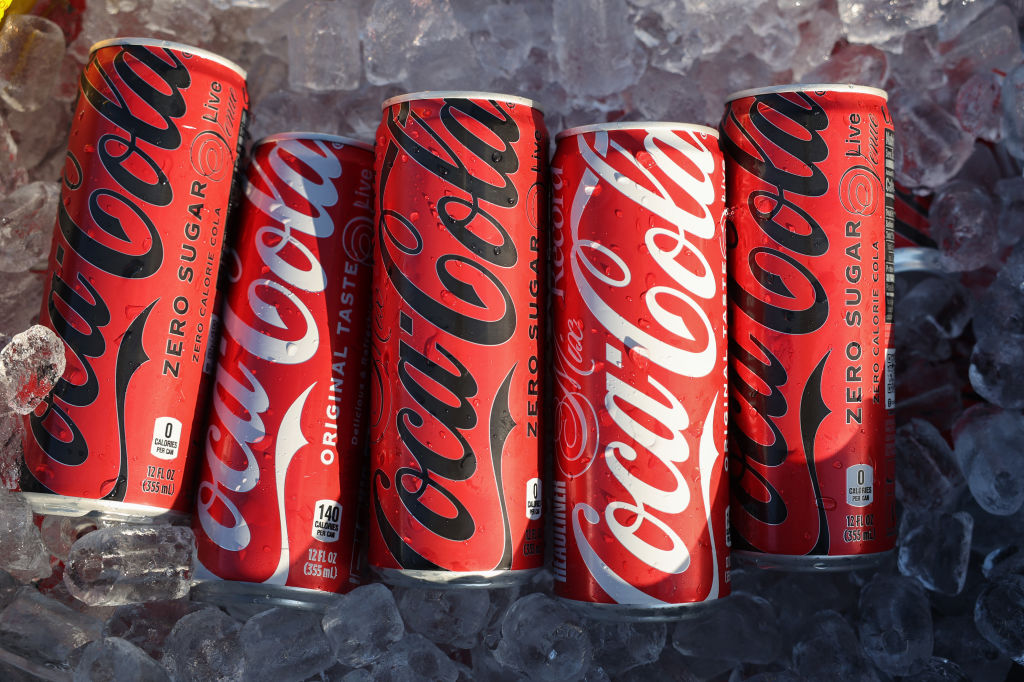 If You'd Put $1,000 Into Coca-Cola Stock 20 Years Ago, Here's What You'd Have Today
If You'd Put $1,000 Into Coca-Cola Stock 20 Years Ago, Here's What You'd Have TodayEven with its reliable dividend growth and generous stock buybacks, Coca-Cola has underperformed the broad market in the long term.
-
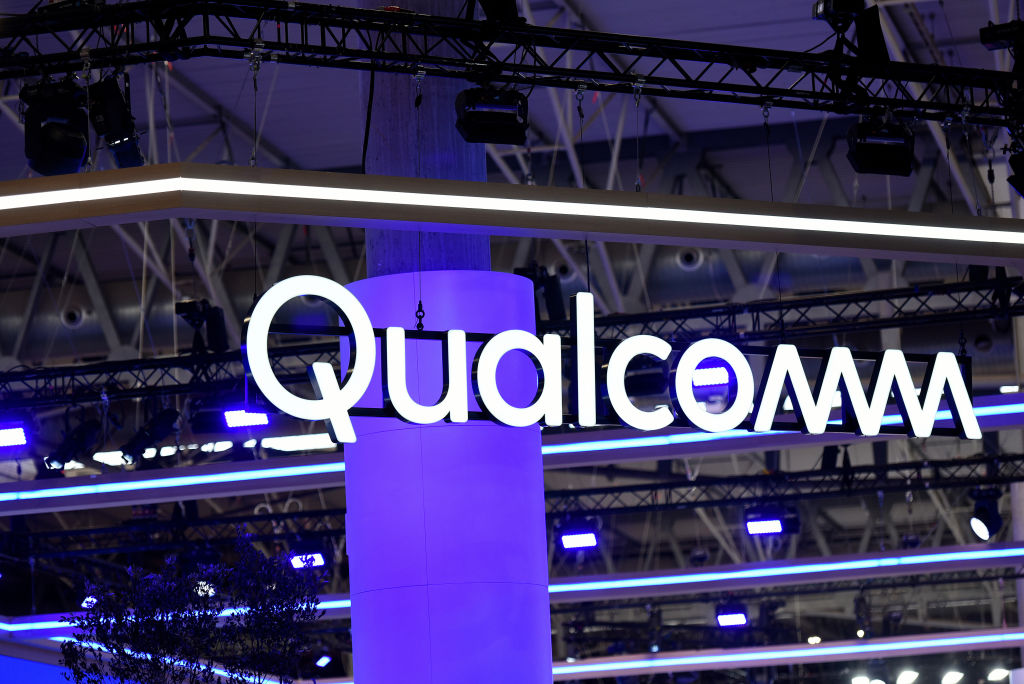 If You Put $1,000 into Qualcomm Stock 20 Years Ago, Here's What You Would Have Today
If You Put $1,000 into Qualcomm Stock 20 Years Ago, Here's What You Would Have TodayQualcomm stock has been a big disappointment for truly long-term investors.
-
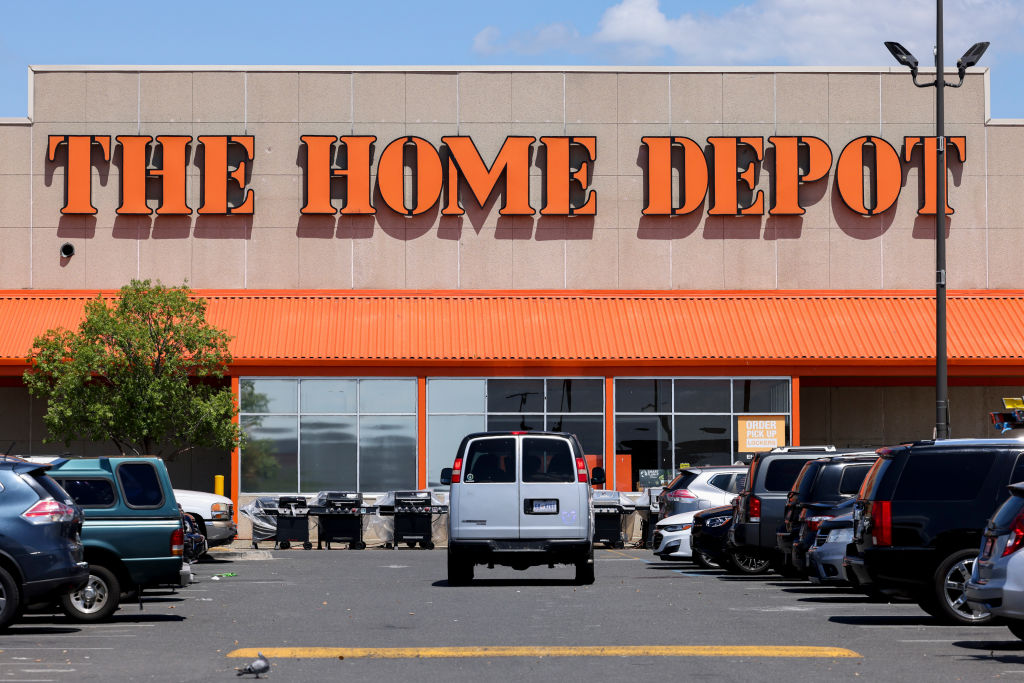 If You'd Put $1,000 Into Home Depot Stock 20 Years Ago, Here's What You'd Have Today
If You'd Put $1,000 Into Home Depot Stock 20 Years Ago, Here's What You'd Have TodayHome Depot stock has been a buy-and-hold banger for truly long-term investors.
-
 What the Rich Know About Investing That You Don't
What the Rich Know About Investing That You Don'tPeople like Warren Buffett become people like Warren Buffett by following basic rules and being disciplined. Here's how to accumulate real wealth.
-
 If You'd Put $1,000 Into Bank of America Stock 20 Years Ago, Here's What You'd Have Today
If You'd Put $1,000 Into Bank of America Stock 20 Years Ago, Here's What You'd Have TodayBank of America stock has been a massive buy-and-hold bust.
-
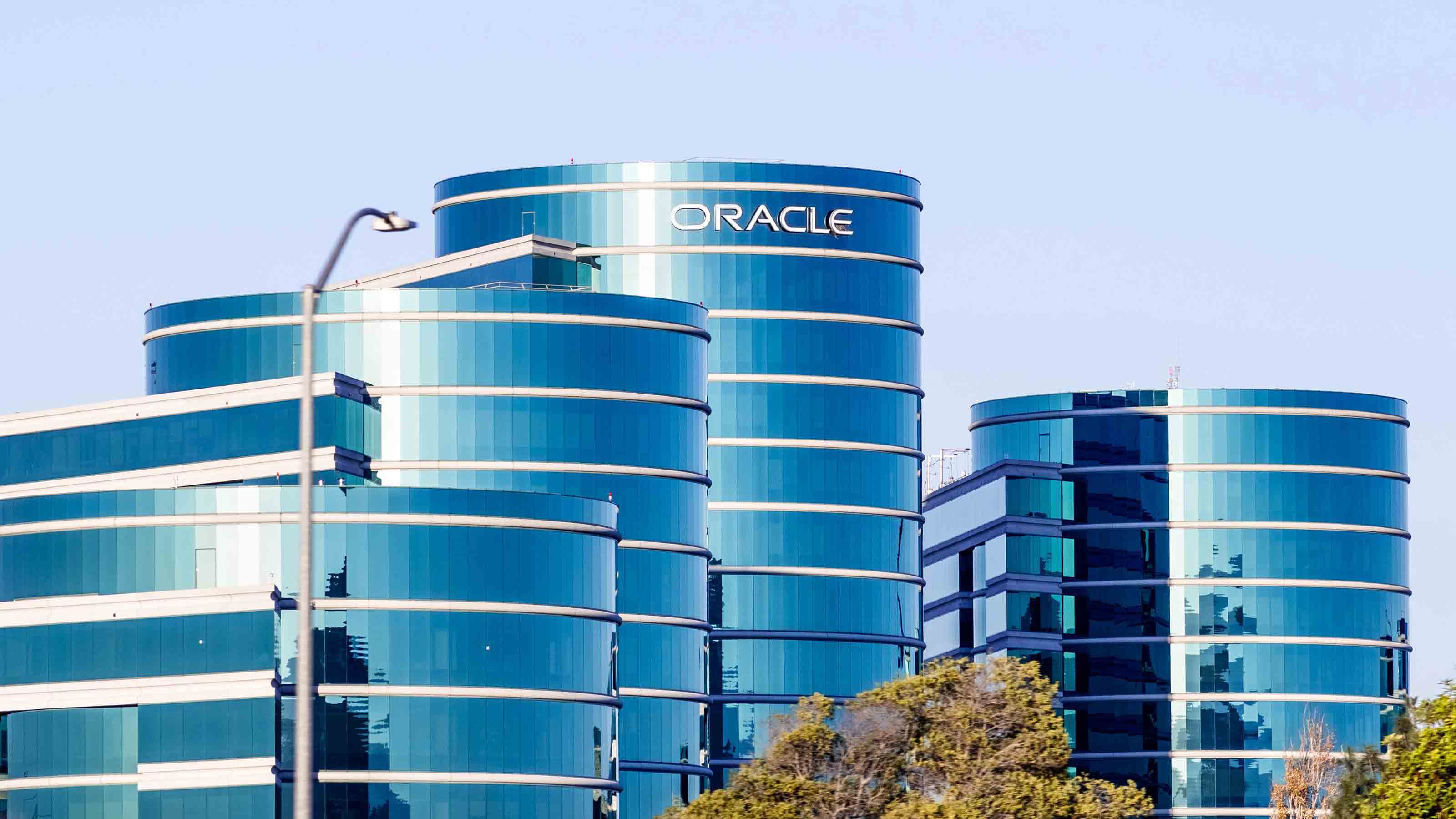
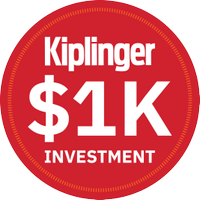 If You'd Put $1,000 Into Oracle Stock 20 Years Ago, Here's What You'd Have Today
If You'd Put $1,000 Into Oracle Stock 20 Years Ago, Here's What You'd Have TodayORCL Oracle stock has been an outstanding buy-and-hold bet for decades.
-
 How to Invest for Rising Data Integrity Risk
How to Invest for Rising Data Integrity RiskAmid a broad assault on venerable institutions, President Trump has targeted agencies responsible for data critical to markets. How should investors respond?
-
 If You'd Put $1,000 Into Sherwin-Williams Stock 20 Years Ago, Here's What You'd Have Today
If You'd Put $1,000 Into Sherwin-Williams Stock 20 Years Ago, Here's What You'd Have TodaySherwin-Williams stock has clobbered the broader market by a wide margin for a long time.